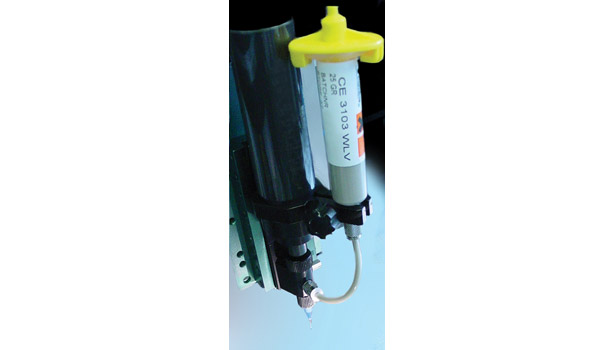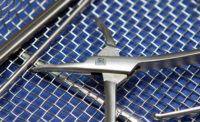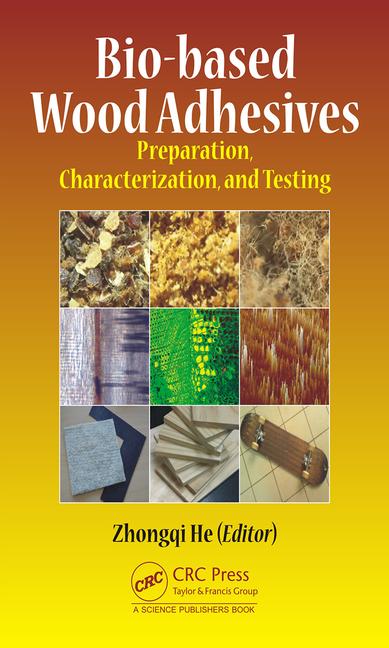Advancing Adhesives: Multi-Metal Compatibility

HYSOL ECCOBOND CE3103WLV can provide reliability and ease-of-use for LensVector’s AutoFocus technology.
New electrically conductive adhesive from Henkel provides compatibility with multiple metals.
Henkel Electronic Materials has developed an electrically conductive adhesive (ECA) that overcomes the drawbacks of older generation ECAs and extends the material’s advantages to multiple applications. The adhesive system, HYSOL ECCOBOND CE 3103WLV, reportedly provides exceptional contact resistance stability on surfaces such as OSP copper and Sn alloys—metals that had previously been challenging for ECAs.
ECAs have been used for high-reliability applications such as automotive, medical and telecom products for some time, as they offer lower temperature processing, fine-pitch capability, and improved thermal cycling resistance. With these applications, ECAs have most often been used on devices with noble metallizations such as gold, silver, palladium and even ceramic substrates, but have had limited success on common electronic metals such as copper and Sn alloys. Technical research conducted by Henkel, however, has revealed that electrochemical corrosion of these metals under elevated temperature and humidity is the root cause of the unstable contact resistance. Using this understanding as a foundation, Henkel developed HYSOL ECCOBOND CE 3103WLV to overcome these issues and deliver multi-metal compatibility.
The material has been incorporated into a variety of applications and, most recently, optical technology powerhouse LensVector has selected HYSOL ECCOBOND CE 3103WLV for use with its AutoFocus (LVAF) product. The LVAF is the world’s smallest autofocus device, which uses a unique patented technology to transform a single liquid crystal cell into a variable focus lens that can then be integrated by camera module manufacturers to deliver autofocus capability.
Bahram Afshari, LensVector vice president of Engineering, explains the demanding requirements of its product and why the company partnered with Henkel. “Not only do the contacts between the LVAF and the main module serve to make the electrical connections, but they must also meet the challenging reliability requirements for camera phones, notebook computers and other handheld consumer electronic devices that incorporate these modules,” he said. “HYSOL ECCOBOND CE 3103WLV delivers the electrical conductivity and reliability performance in an easily dispensed, high-yield, low-temperature cure ECA. In fact, the cure temperature is well below most traditional ECAs, which gives us added process and module material selection flexibility.”
The low-temperature processing capability is a result of the formulation of HYSOL ECCOBOND CE 3103WLV, which uses new corrosion inhibitors and effectively extends its viability to applications requiring low-temperature processing.
“This material is a highly effective alternative to solder for applications that must be processed at low temperature,” said Tom Adcock, global product manager of Assembly Adhesives for Henkel. “Its ability to provide outstanding conductivity and reliability with multiple metallizations makes it incredibly adaptable and its application effectiveness far-reaching.”
The adaptability of the material was also a central component of LensVector’s selection. “Identifying the right ECA is a critical step in LensVector’s efforts to integrate this new autofocus technology into existing, fixed-focus camera modules,” Afshari said. “HYSOL ECCOBOND CE 3103WLV enables the addition of autofocus capability without changing the module footprint.”
For more information, call (888) 943-6535 or visit www.henkel.com/electronics. LensVector’s website is located at www.lensvector.com.
Looking for a reprint of this article?
From high-res PDFs to custom plaques, order your copy today!






